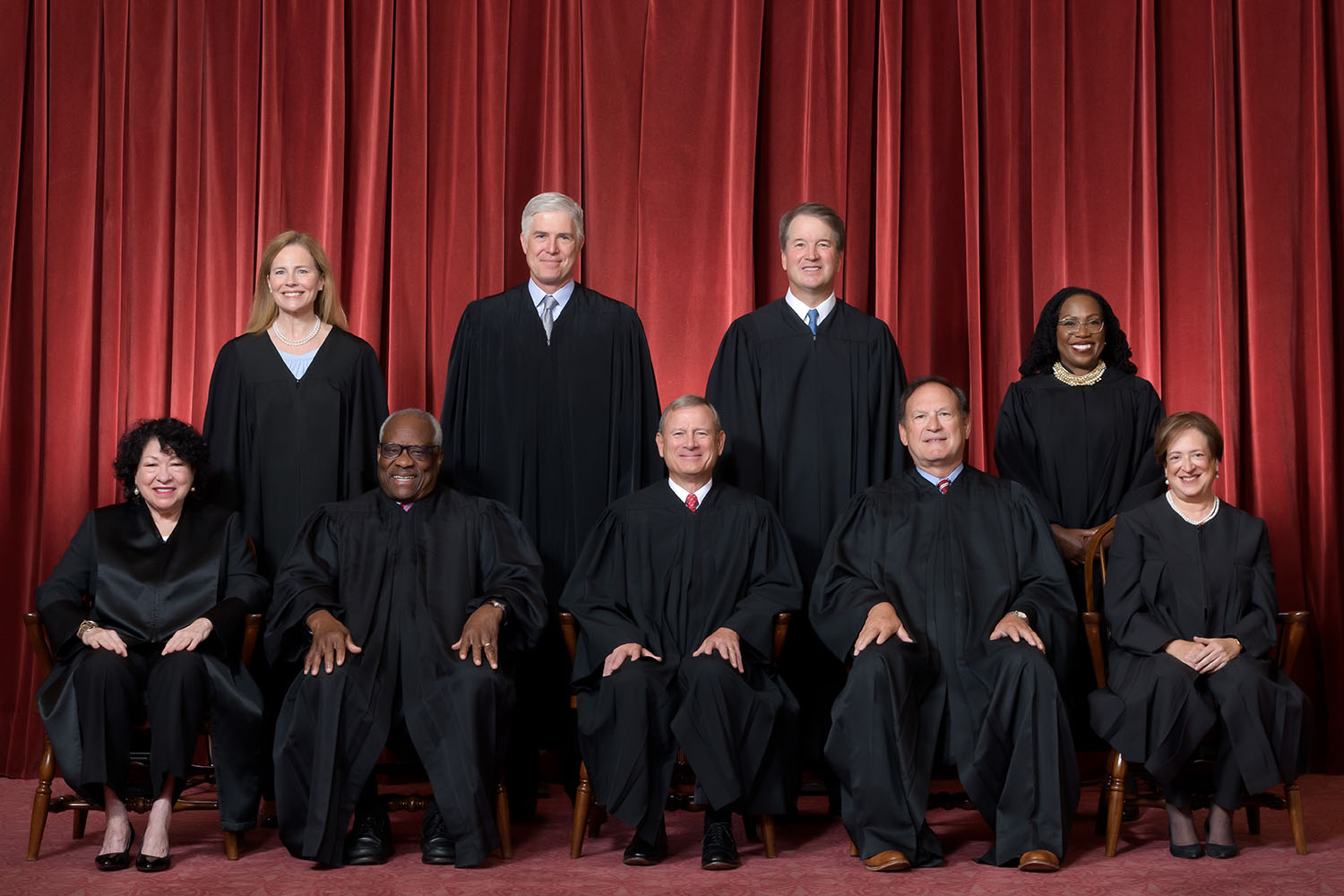What is a GVR?
The process for an appeal is to request that a case be heard. When the superior court Grants that appeal, the case is moved to a final opinion. One of the possible outcomes is that the inferior court’s opinion is Vacated.
When an inferior court’s opinion is vacated, the superior court has an option to Remand the case back to the inferior court for a do-over.
When the superior court does this without hearing anything from the parties outside the request to be heard, it is called “GVR”.
If the superior court were to just “GVR” a case, it wouldn’t be helpful to the inferior court. Nobody learns from “You are mistaken, do it over.” There needs to be some level of feedback.
On July 2nd, 2024, the Supreme Court issued their final orders of the 2023 term.
Diaz-Rodriguez v. Garland is an immigration appeal, first filed in 2013. The findings are vacated and remanded in light of Loper, the death of Chevron.
Bastias v. Garland is another immigration appeal. The findings were vacated and remanded in light of Loper
Edison Electric Inst. v. Ferc is a challenge to a Federal Energy Regulatory Commission regulation. It is vacated and remanded in light of Loper
Foster v. Department of Agriculture is vacated and remanded in light of Loper
Lissack v. CIR is an IRS challenge. Vacated and remanded in light of Loper
Cruz v. Garland another immigration appeal. Vacated and remanded in light of Loper
United Natural Foods, Inc. v. NLRB this is the National Labor Relations Board making law. Vacated and remanded in light of Loper
KC Transport, Inc. v Acting Sec. of Labor, Solis-Flores v Garland both vacated and remanded in light of Loper
Garland v. Range is an 18 U.S.C. §922(g) challenge. §922(g) is the prohibited person definitions. Vacated and remanded in light of Rahimi
United States v. Daniels is an 18 U.S.C. §922(g) challenge. Vacated and remanded in light of Rahimi
United States v. Perez-Gallan is an 18 U.S.C. §922(g) challenge. Vacated and remanded in light of Rahimi
Vincent v. garland, Antonyuk v. James, Jackson v. United States, Cunningham v. United States, Doss v. United States all vacated and remanded in light of Rahimi
For those new to the game, Loper is important because it overturned Chevron. Chevron is from the 1980s(?) and was a case where the Supreme Court accidental told the inferior courts, when in doubt, trust the state’s experts as to what the law means. The court has been narrowing Chevron ever since, and in 2024 they said enough is enough and through it out.
Instead, they said that the courts are responsible for determining what the law says, which is how it has been since Marbury v. Madison in 1803. Marbury established the principle of judicial review. This is the principle that allows the courts to find that a law is unconstitutional.
Chevron said that if there was an ambiguity in the law, it was the state’s experts that would tell the court what the meaning of the law was. This was not judicial review.
18 U.S.C. is the part of the United States code that covers crimes, criminal procedure, prisons and prisoners, correction of youthful offenders, and immunity of witnesses. § means “section” and §§ is the plural, “sections”. §922 is a section in U.S. Code: Title 18, Part I — Crimes.
§922 is part of Chapter 44, Firearms. It is “Unlawful Acts”.
§922(g) is subsection g of section 922 and lists those groups of people how are not allowed to transport interstate or international, possess, receive firearms. It is couched in terms to make it appear constitutional, if you ignore that pesky Second Amendment.
In other words, it is couched in terms of interstate and foreign commerce. The problem is that the state, via Chevron has ruled that if the creation or transfer of an object would affect sales in another state, the creation, or transfer of that object is “involved” with interstate commerce, and can be regulated.
Paragraph 8 describes a person who has had a particular type of TRO issued against them, involving domestic violence or threats of violence.
Rahimi found that if a person was adjudicated in a court of law of being a violent person, they could have their Second Amendment protected rights, temporarily restricted. This only applies to violent people.
In the Range case, mentioned above, he is a “convicted felon” under federal law because he took a plea deal years ago for misstating his income on an application for welfare of some sort. He was never a violent criminal, he has no other crimes attributed to him.
Since he is not a violent felon, under the Rahimi opinion, he should get his gun rights back. The court might do that in an “as applied” or they might find that the law is unconstitutional as written.
Regardless, Chevron is dead. The Seventh Circuit court has been slapped around by Justice Thomas. Several cases are heading back to the lower courts to make forward progress, once again.


Close. Typically, a GVR happens when the case in question is related, in some way, to a case that has recently been decided in plaintiff’s favor, by the Supreme Court. The case is GVRd back to the lower court to re-hear the case in light of the current legal landscape.